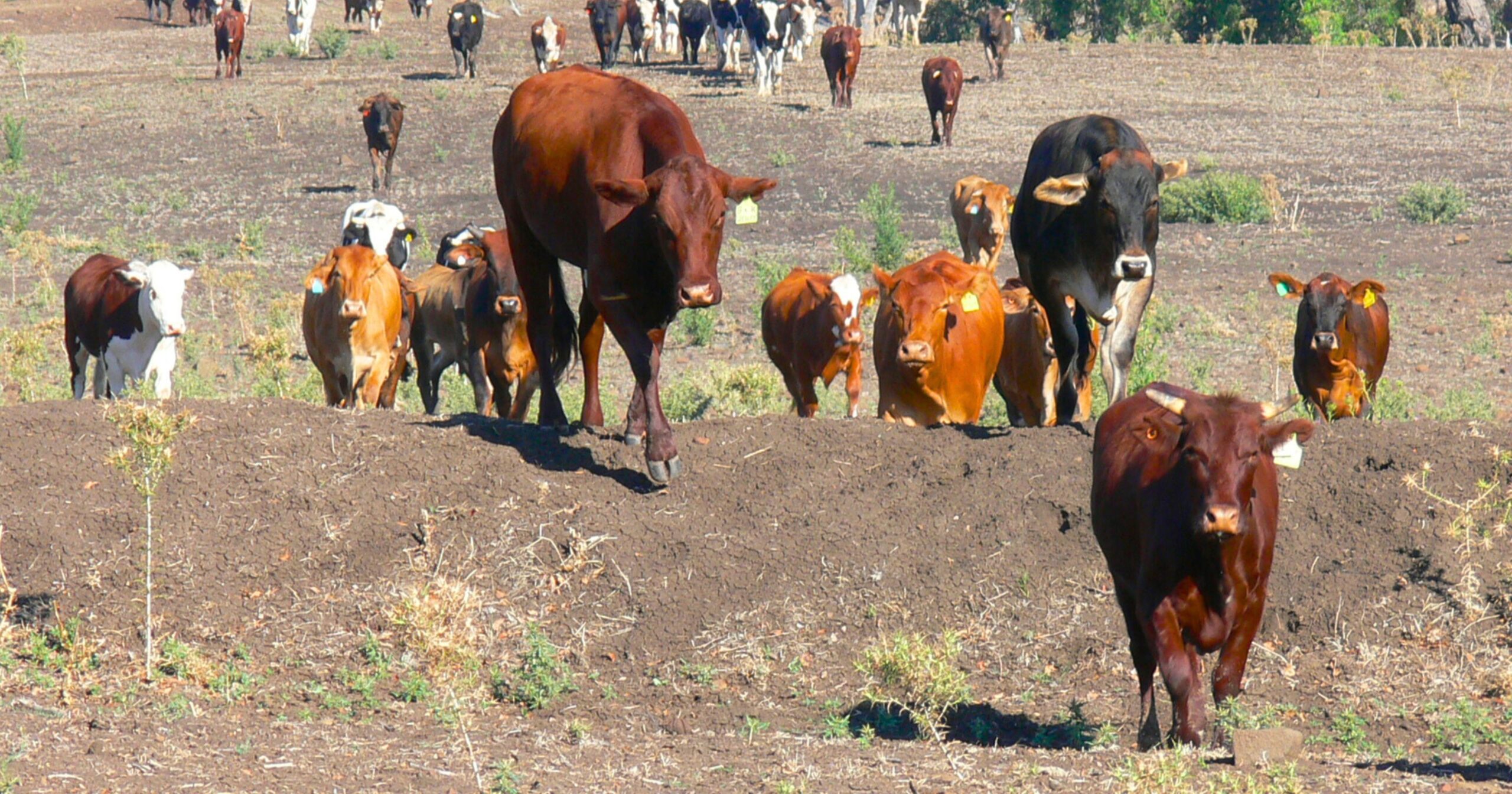Summer safety with SES
As we look ahead to a hot and dry summer, Parks Victoria and the Victoria State Emergency Service (VICSES) have teamed up to remind day-trippers to pack their summer smarts and stay safe in Victoria’s parks.
Werribee Gorge is one of the most popular short walks in Victoria, with most visitors coming from Melbourne and staying for around four hours. Though only a short drive from the Victorian capital, it is a wild and rugged place, exposed to weather, with steep pathways where it is easy to trip or fall.
Since 2017, VICSES and Parks Victoria have performed 30 separate Search and Rescue (SAR) operations at Werribee Gorge and in nearby Lerderderg State Park and the Brisbane Ranges National Park.
These operations are complex and expensive to stage. SARs require, on average, eight VICSES volunteers in three separate vehicles, working for around four hours, equating to 32 hours of volunteer time for each rescue.
This does not include the work undertaken by Ambulance Victoria and Victoria Police SAR personnel.
Take some simple steps to stay safe on your visit to a national park:
– Use trusted sources of information when planning your journey
– Tell someone what your plans are
– Bring three to four litres water per person
– Pack what you need to be ready for an emergency
– Choose a walk or activity in line with your fitness and stamina
– Wear or carry high-quality walking shoes and protective clothing, even if you think you won’t need it
– In an emergency, call Triple Zero.
With this summer expected to be hot and dry, heat poses the biggest risk this year to park visitors.
VICSES Assistant Chief Officer, Grampians Region, Anthony McLean, urged hikers to be well-prepared over summer.
“It always pays to be prepared for a hike, and to know your physical limitations, even at a location close to the city like Werribee Gorge or Lerderderg,” Mr McLean said.
“Our VICSES volunteers are always ready to help, but they would rather you took a map, plenty of water, and had a good understanding of the route you are taking and its challenges.”
You can manage this risk by setting out early, or late, in the day to avoid the hottest hours. Have a plan to exit the park if conditions change along the way, even if it means not reaching your destination.
When planning your walk, use trusted sources of information like the Parks Victoria website. Visitor Guides on park specific pages have maps and information about walking difficulty and estimated duration, based on the Australian Walking Track Grading System.



















